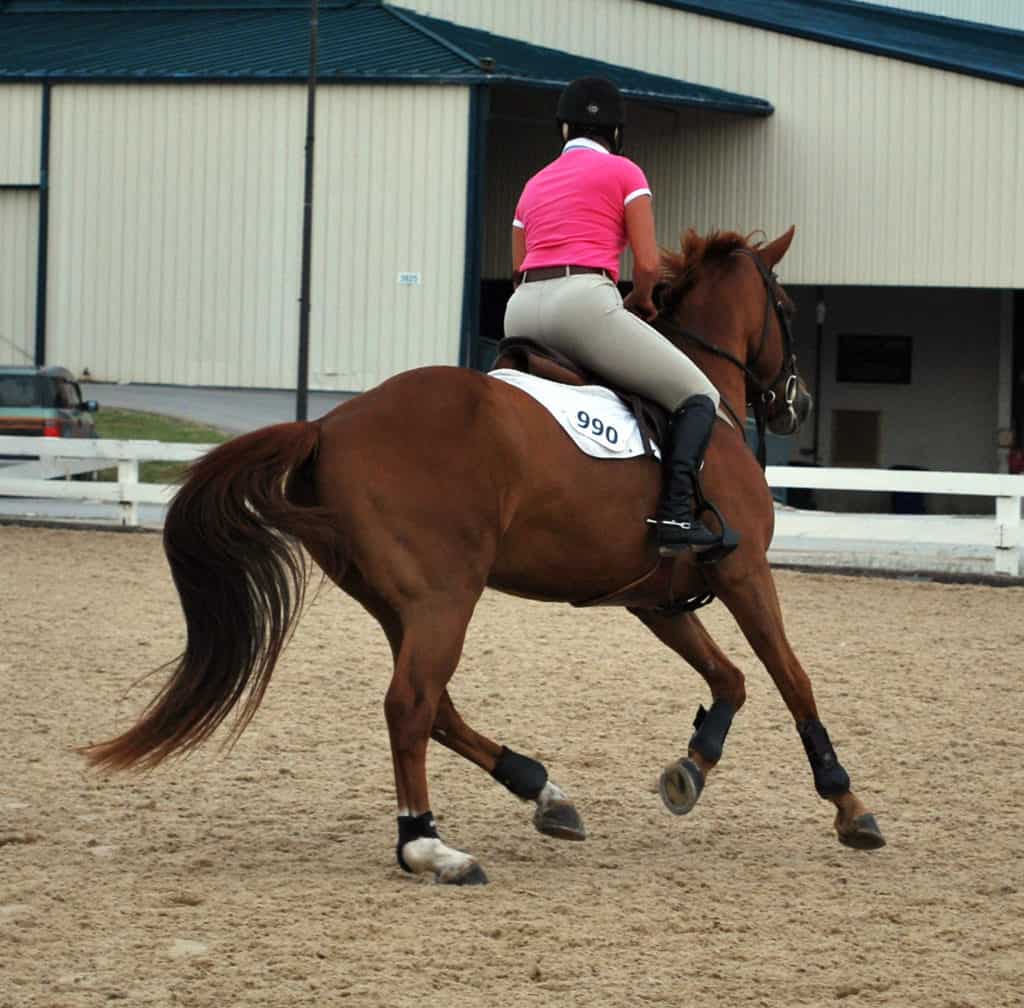
Hot Topics in Hoof Care, Part 3: The Role of Imaging
Find out how veterinarians and farriers rely on imaging to evaluate the horse’s hoof.

Find out how veterinarians and farriers rely on imaging to evaluate the horse’s hoof.

Take a look at the evolution of diagnosing distal limb lameness in sport horse practice with Dr. Brendan Furlong.

Horses’ knees are prone to both congenital and acquired lameness problems. Here’s what you need to know.

Drs. Liz Arbittier and Jessica Morgan will provide tips to help owners improve their lameness identification skills.

Your horse’s best chance of overcoming this hoof disease might lie in your ability to catch it early.

Scientists say molecular changes to an in-joint protein layer called lubricin could indicate osteoarthritis development.

Also known as “seedy toe,” white line disease is a serious hoof condition that requires vet and farrier intervention.

Researchers are evaluating the impact of these proteins in combating performance-induced physiologic stress in horses.

Is there a point you’d recommend going back to basics with a horse that’s been in therapeutic shoes for several years?

Even small deviations in sensor placement can result in an inaccurate hind-limb lameness diagnosis, researchers found.

The University of Tennessee’s Dr. Jim Schumacher overviews navicular syndrome’s risk factors, treatments, and more.
View some of our news editor’s tweets and take-homes from Day 1 of the 2016 Western Veterinary Conference in Las Vegas.

Whether you’ve had horses all your life or are new to the industry, you’re bound to deal with lameness at some point.
Tweets and take-homes from sessions on mature performance horse health, field surgery, heaves, lameness, and more.

Improved diagnostics and more promising treatments are putting many foot-sore horses back to work.
Sue Dyson, MA, Vet MB, PhD, DEO, FRCVS, and Grant Moon, CJF, AWCF, will present on hoof-related topics.
Stay on top of the most recent Horse Health news with
"*" indicates required fields